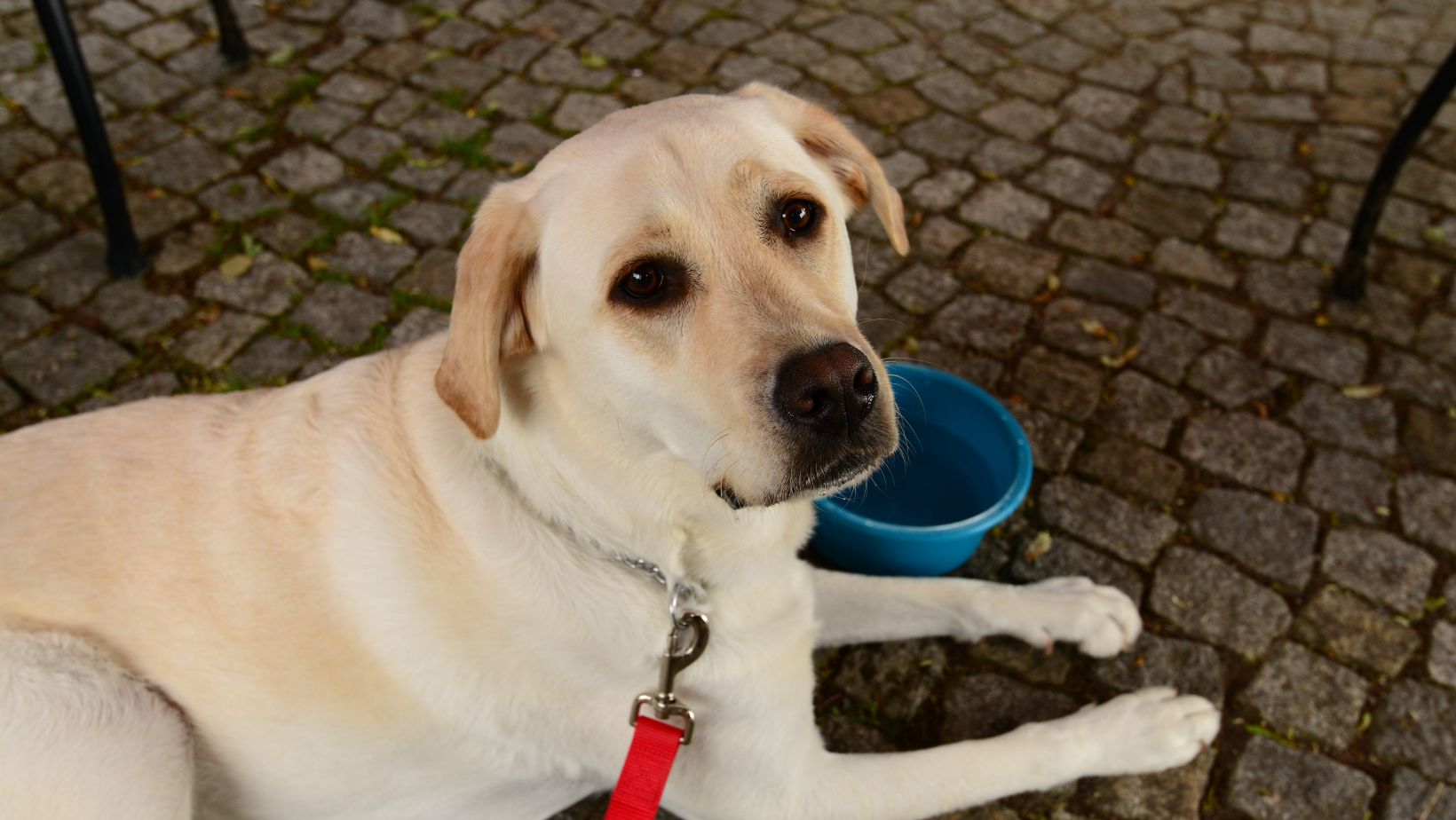How to Stop a Teething Puppy from Biting
Are you struggling with a teething puppy that won’t stop biting? If so, I understand your frustration. Dealing with a Labrador who is going through the teething phase can be challenging, but there are effective ways to address this behavior and put an end to those painful nips. In this article, I’ll share some valuable tips on how to stop a teething puppy from biting, specifically focusing on the best way to handle a Labrador.
Teething is a natural process for puppies, just like it is for human babies. During this time, their baby teeth fall out and are replaced by adult teeth. Unfortunately, this can cause discomfort and urge them to chew on anything they can sink their tiny teeth into – including your hands, feet, or furniture.
The first step in stopping your Labrador from biting during teething is providing appropriate chew toys. Labradors have strong jaws and need sturdy toys designed for aggressive chewers. Look for durable rubber toys or nylon bones that will satisfy their chewing instinct while protecting your belongings.
Understanding Teething in Labrador Puppies
When it comes to teething, Labrador puppies can pose quite a challenge. As their new set of teeth start to come in, they often seek relief by biting and chewing on anything they can sink their teeth into. Understanding this natural process is key to effectively managing and redirecting their biting behavior.
Teething typically begins around 3-4 months of age and can last up to 7 months. During this time, your adorable Labrador pup may become more mouthy and prone to nipping or biting. This behavior is not meant to be aggressive but rather a way for them to alleviate discomfort caused by the emerging teeth.
Here are a few key points to help you better understand teething in Labrador puppies:
- Sore gums: Just like human babies, puppies experience soreness and tenderness in their gums as their adult teeth push through. This discomfort prompts them to chew on objects as a means of relieving the pressure.
- Shedding deciduous (baby) teeth: As the permanent teeth grow in, the baby teeth will loosen and eventually fall out. It’s not uncommon for puppies to swallow these loose baby teeth while playing or chewing on toys.
- Increased saliva production: Teething often leads to excessive drooling due to increased saliva production. You may notice your puppy leaving wet spots on toys or furniture from all that enthusiastic chewing.
- Behavioral changes: The discomfort associated with teething can cause behavioral changes in Labradors, such as increased irritability or restlessness. They might also have difficulty eating dry kibble during this period.
To help manage your Labrador’s teething phase, here are some practical tips:
- Provide appropriate chew toys: Offer a variety of sturdy chew toys specifically designed for teething puppies. These toys should be durable enough to withstand rigorous chewing without breaking into small pieces that could be swallowed.
- Use taste deterrents: Apply a safe, non-toxic taste deterrent to objects you don’t want your puppy to chew on. This will help redirect their attention to more appropriate items.
- Practice gentle handling: Avoid rough play or games that involve hand mouthing during the teething phase. Instead, focus on positive reinforcement training techniques and reward good behavior with treats or praise.
- Cold relief: Chilled teething toys or damp washcloths can provide soothing relief for your Labrador’s sore gums. Just make sure not to freeze the toys as this could cause damage to their teeth.

Teething Toys and Chewable Alternatives
When it comes to dealing with a teething puppy, providing them with appropriate chew toys and alternatives is key. Not only can this help redirect their biting behavior, but it also provides relief for their sore gums. Here are some effective options to consider:
- Teething Toys: Invest in high-quality teething toys specifically designed for puppies. Look for toys made of durable materials such as rubber or nylon that are safe for your Labrador to chew on. These toys should have different textures and shapes, allowing your puppy to explore and satisfy their chewing urge.
- Frozen Treats: Freeze a wet washcloth or a specially formulated teething toy that can be filled with water or broth. The cold sensation helps numb the puppy’s gums and alleviates discomfort during the teething process.
- Natural Chew Alternatives: Explore natural alternatives like raw bones or antlers, which provide long-lasting chewing satisfaction while promoting dental health. However, make sure to supervise your puppy during these chewing sessions to prevent any choking hazards.
- Puzzle Toys: Engage your Labrador’s mind while soothing their teething pain by using puzzle toys that dispense treats when manipulated correctly. This not only keeps them entertained but also redirects their focus from inappropriate biting behaviors.
- Avoid Inappropriate Items: Keep items like shoes, furniture, and household objects out of reach from your teething puppy. Instead, provide them with a variety of suitable chew options to discourage destructive habits.